Overview
Amazon Glow was an Android powered device that was created as a part of Amazon’s Grand Challenge. It provided the user with a projected playspace that they could interact with via IR touch capabilities. A screen and camera on front of the device allowed a FaceTime style experience with a connected loved one while they participated in multiplayer activities.
F84 was the primary vendor for game content on the Glow, developing 30+ titles for the device. As Creative Director at F84, I worked closely with Amazon team to concept & create shortform multiplayer activities for users to enjoy. Internally, I worked with a team of 15 developers to meet milestone expectations and deadlines set by Amazon. With the amount of content we created, it was common to have 4 or more projects being developed simultaneously by our small team.
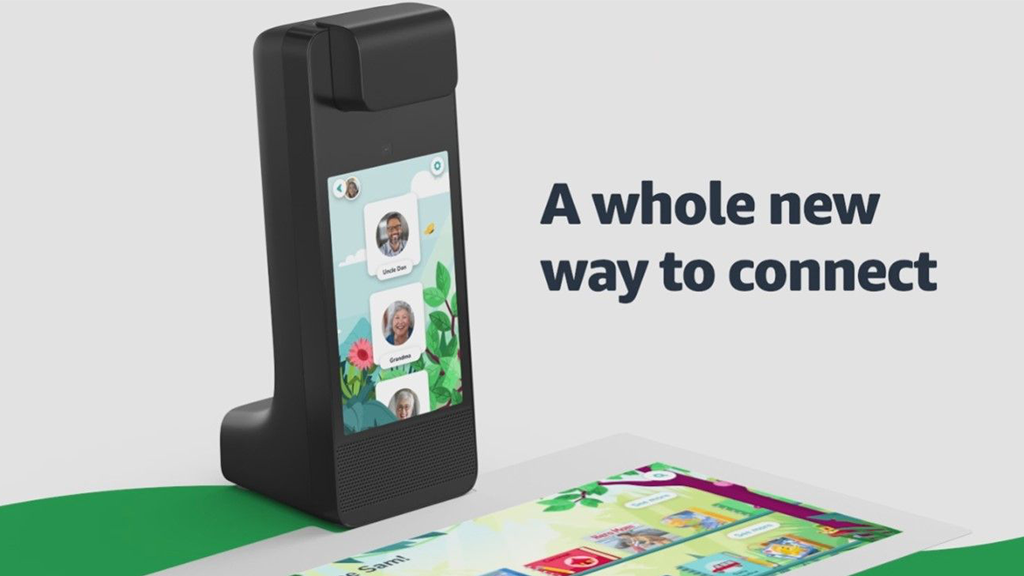
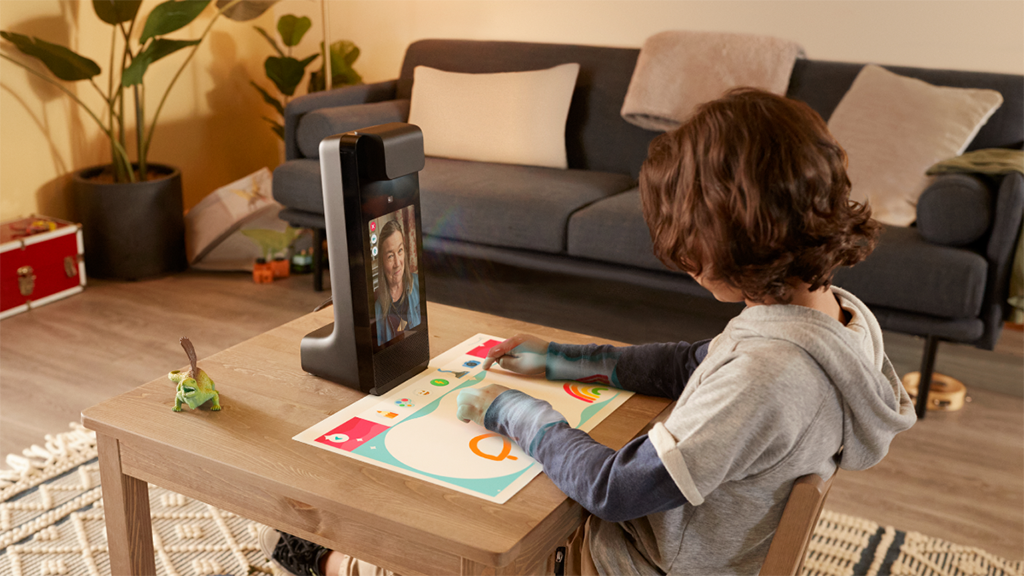
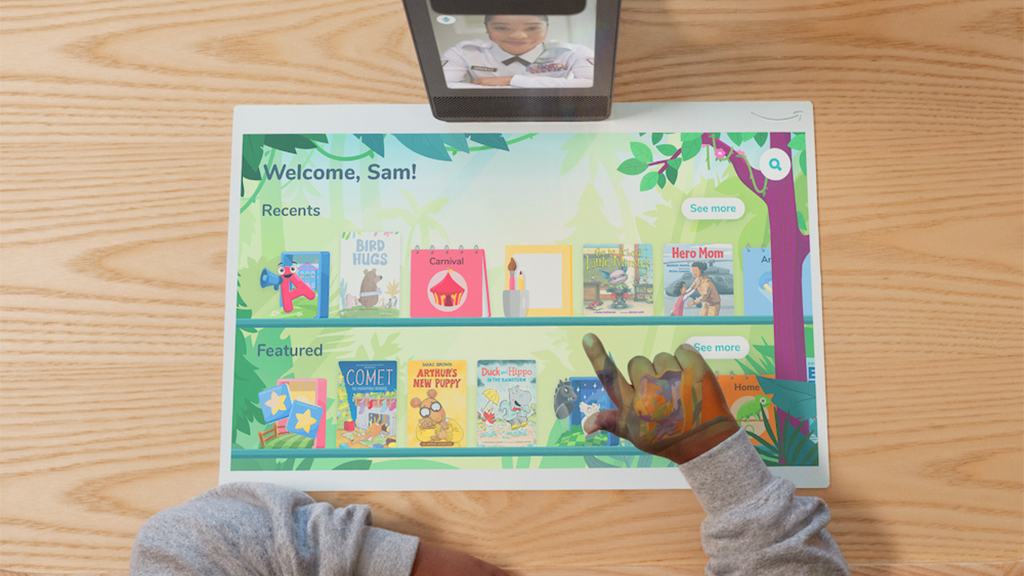
Multiplayer Games
Games were multiplayer focused, supporting one player via the Glow and one player via an Android or iOS device. The intent was for the child to utilize the Glow while their loved one called in via their own smart device to engage in these multiplayer game activities.
Since the Glow had no pre-existing content, we created various basic games to fill out the library. This included Chess, Checkers, Jigsaw, Memory Match, Go Fish, Slapjack, Mahjong, and more.
Each game required 2-player multiplayer support but also solo play via the Glow. Depending on the game, solo play could involve replacing the 2nd player with AI or offering specific single player challenges in place of the traditional multiplayer gameplay.
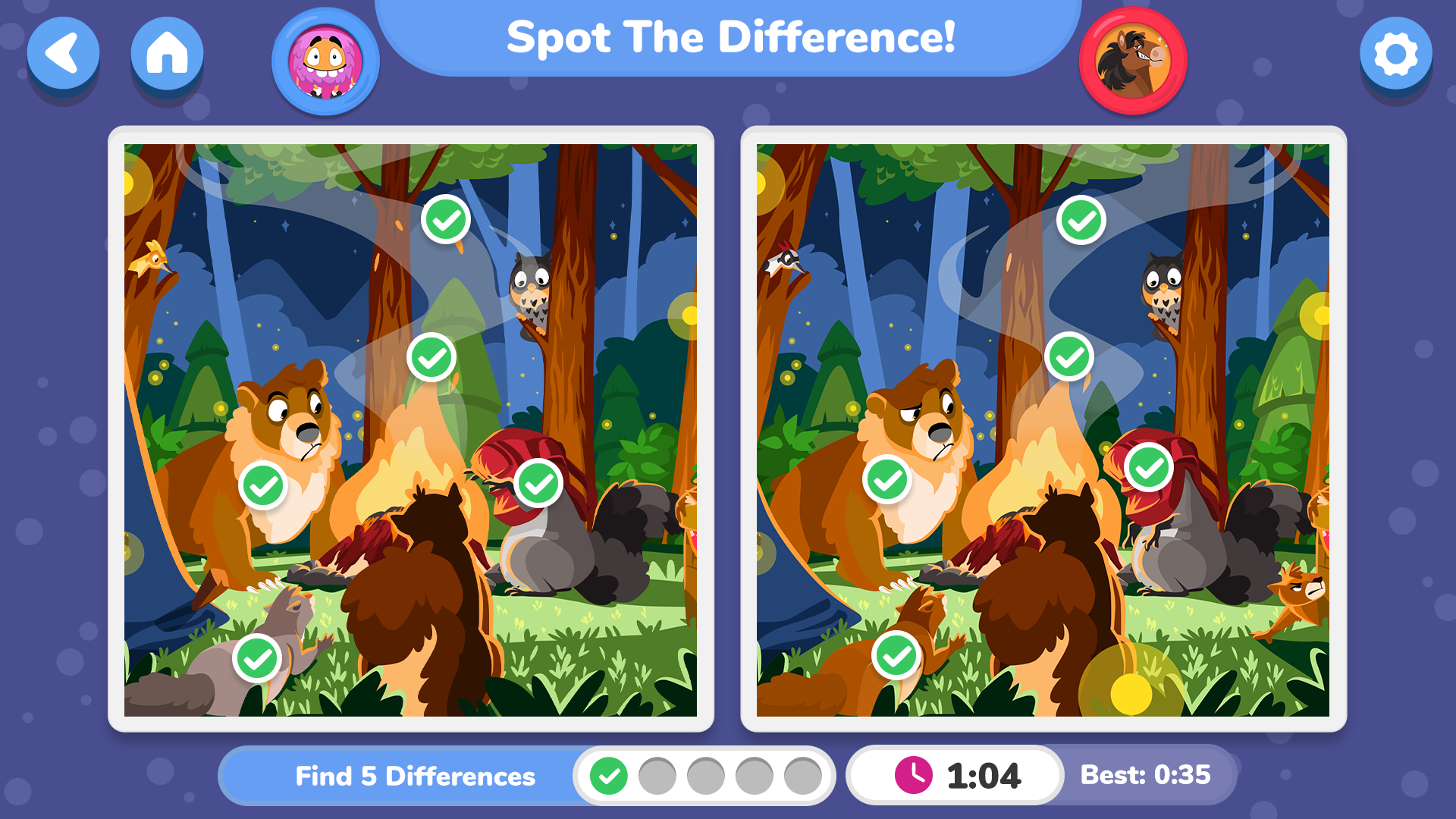
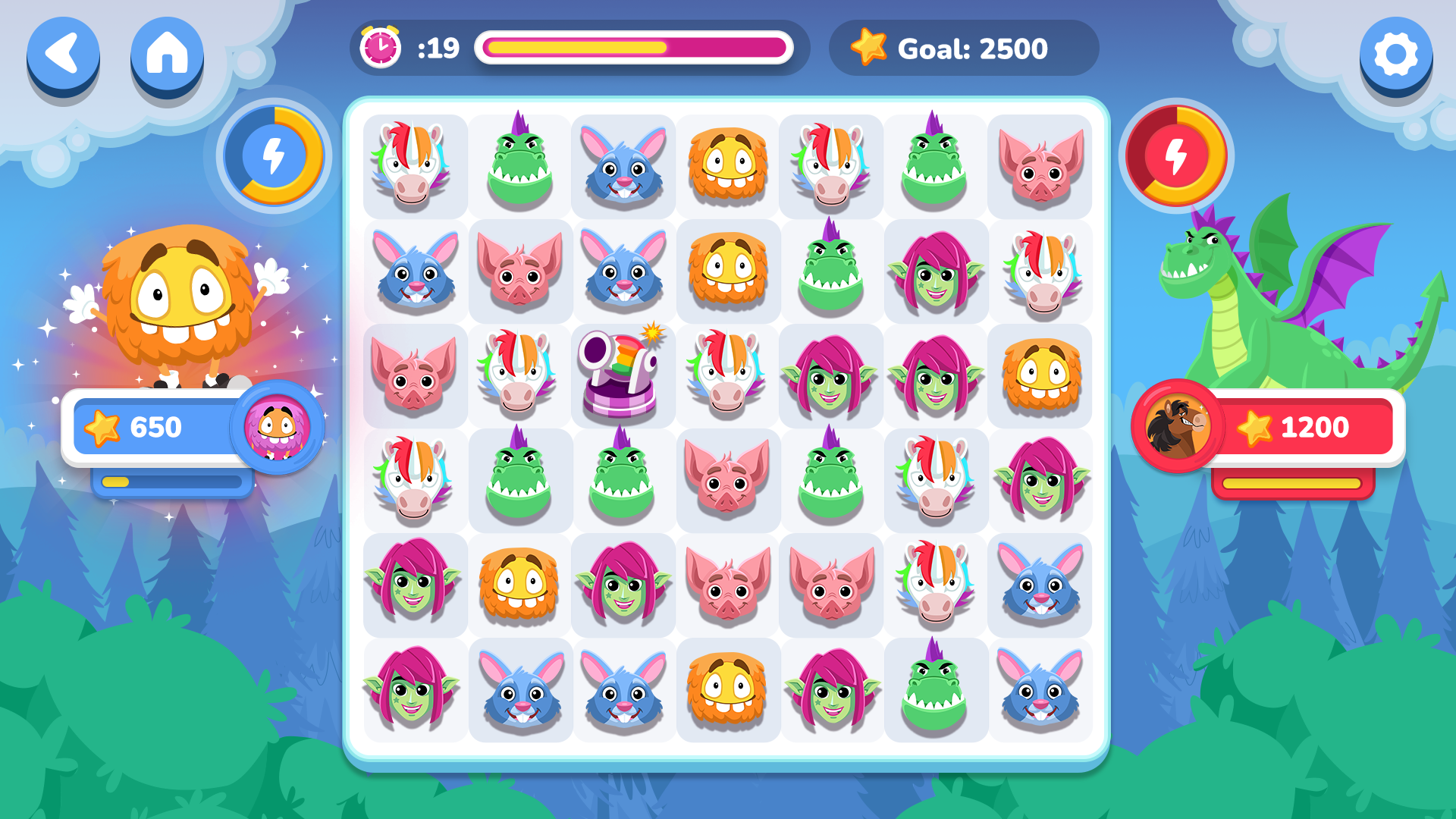
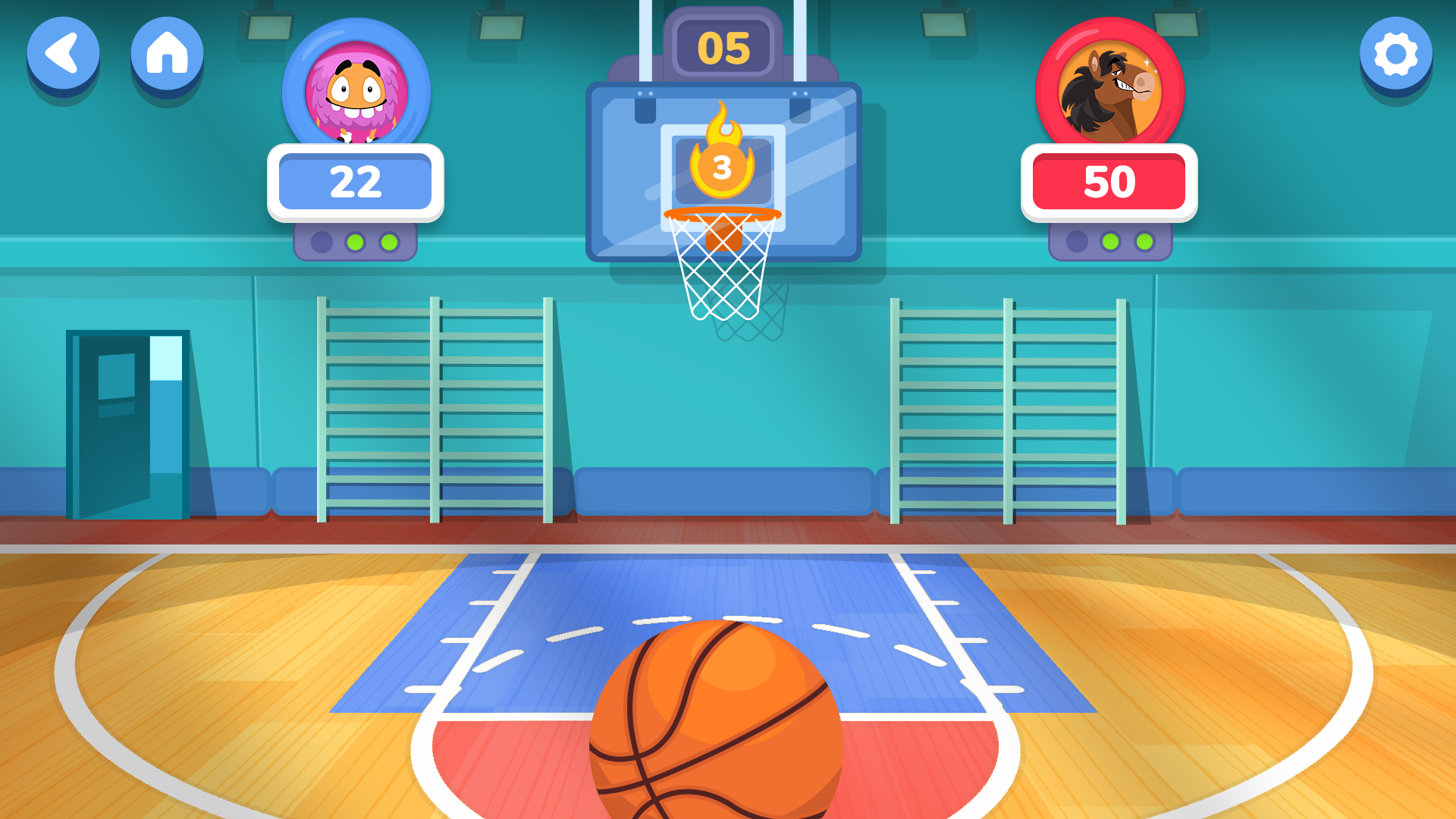
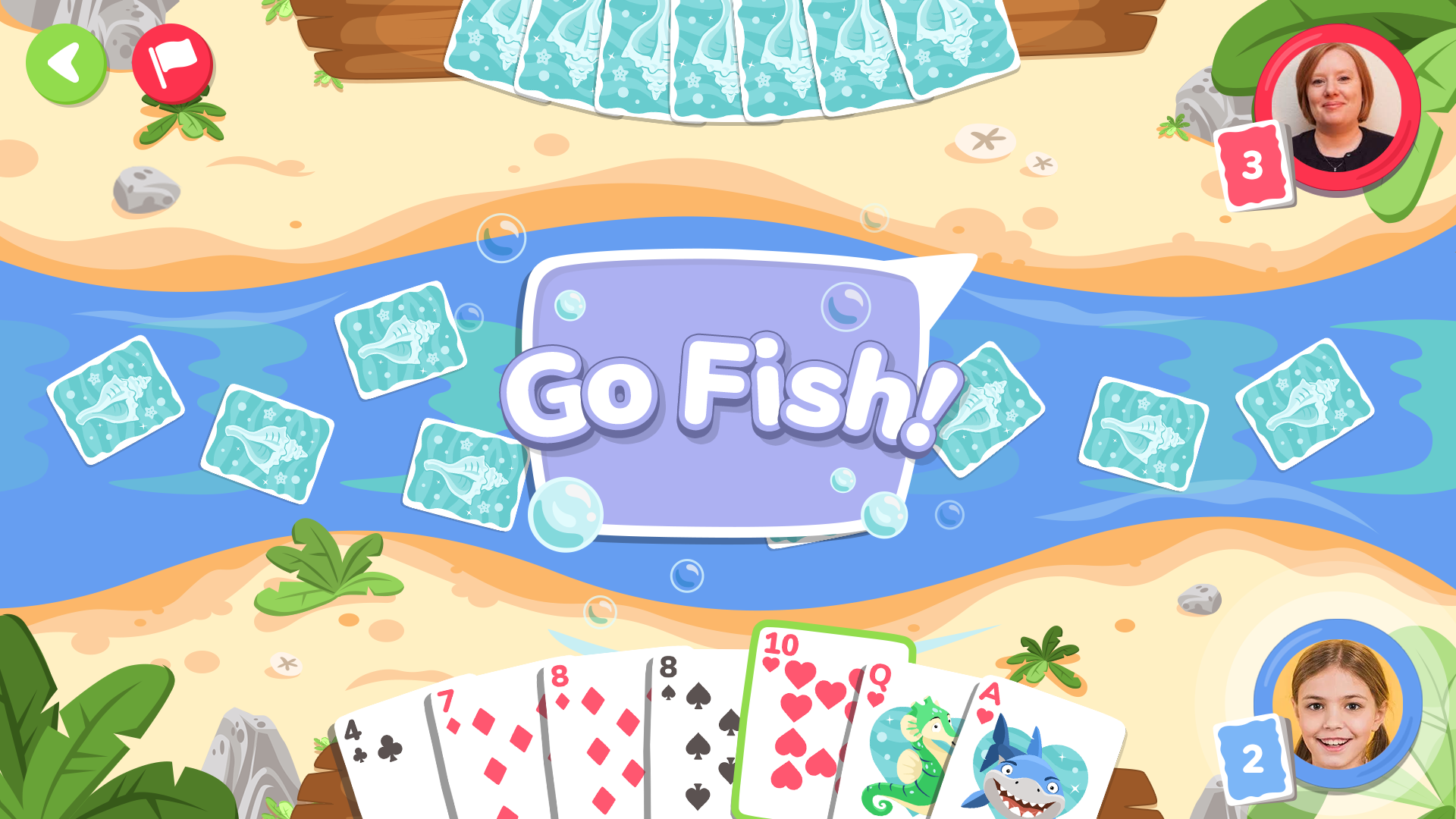
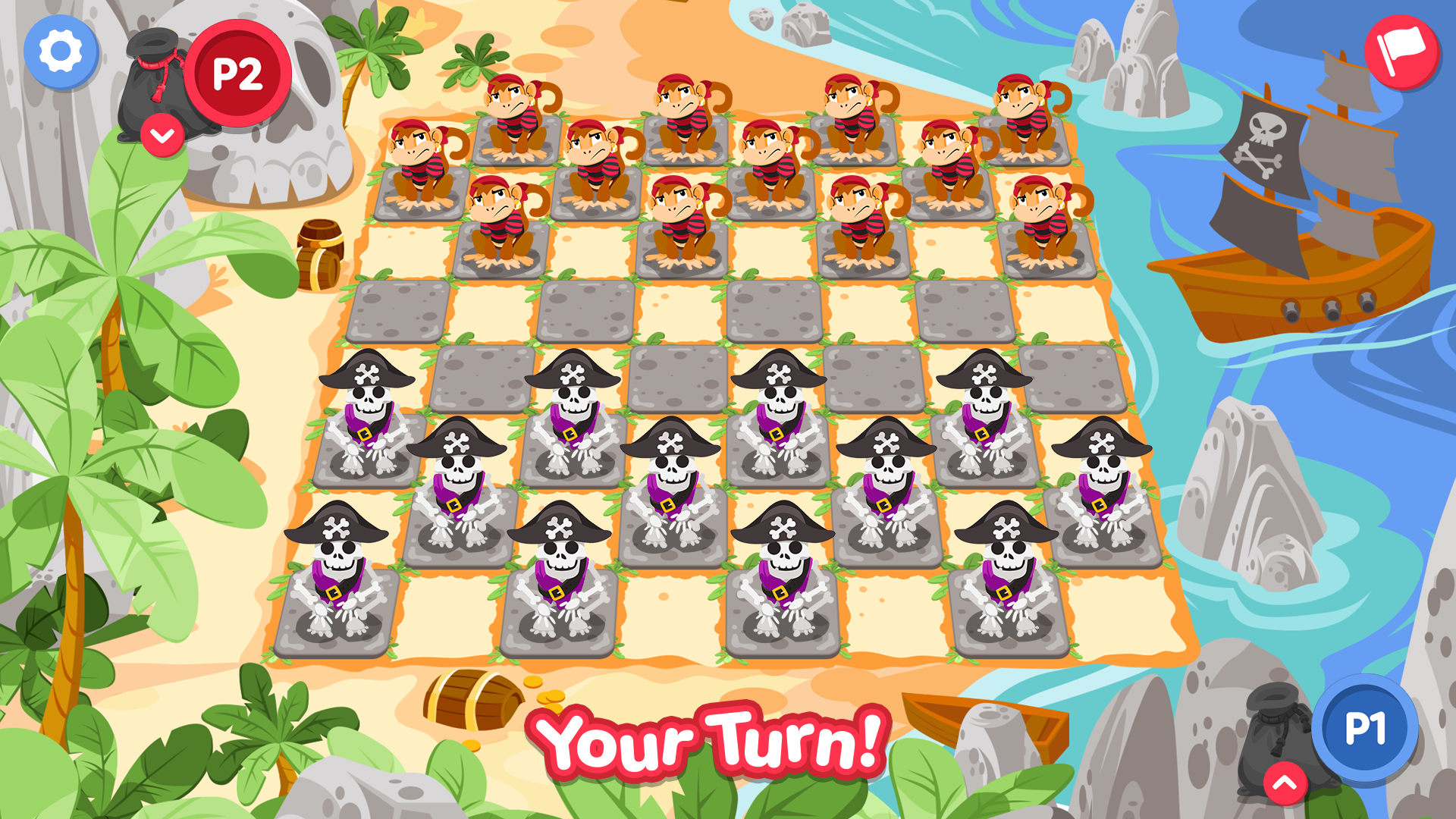
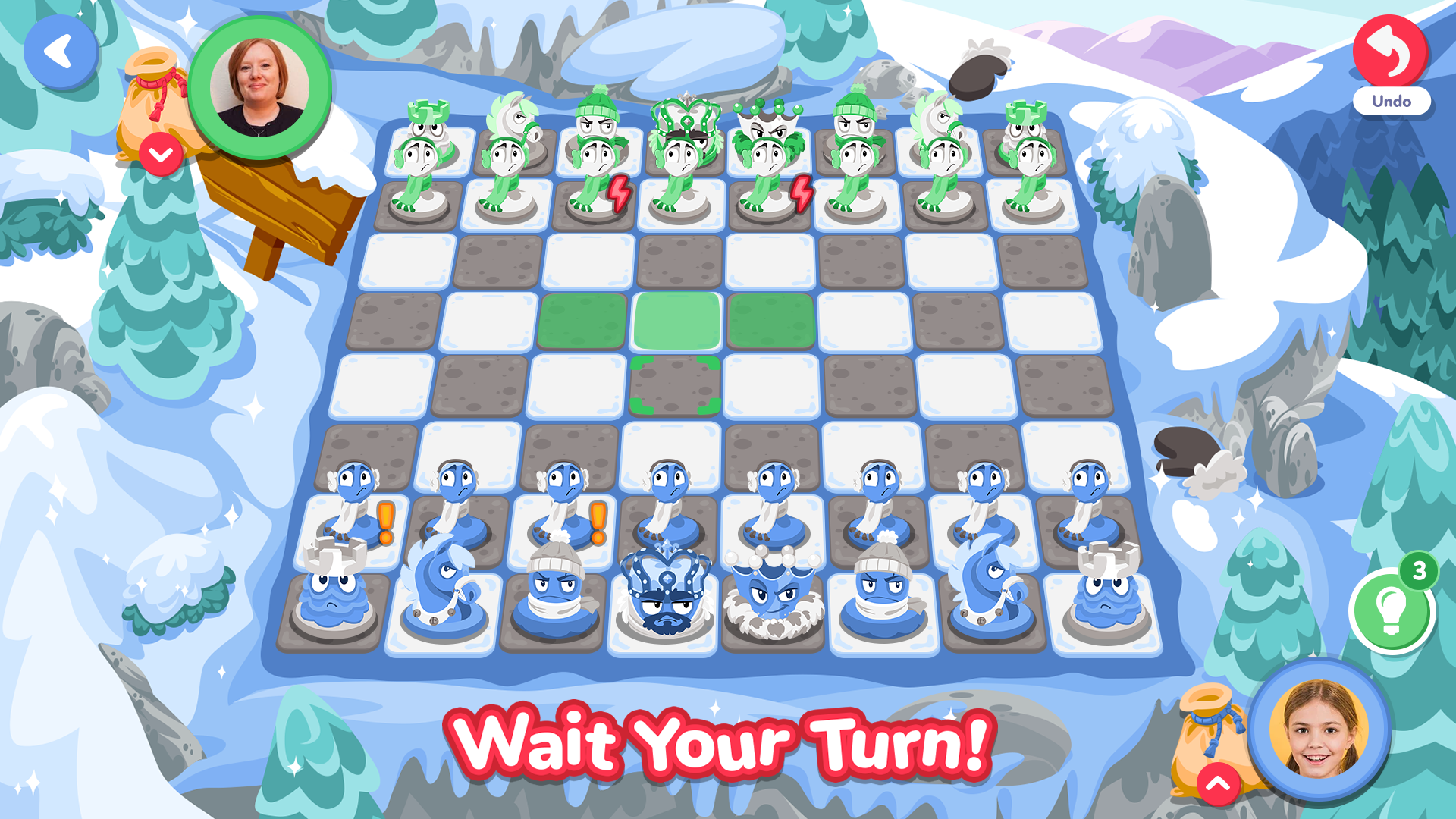
Bits
The Glow had a CV feature that utilized physical board game style pieces called Bits. These Bits could be placed on the Glow’s playspace in two specific activities that I worked on:
- Coding Bits - An activity that taught the player the fundamentals of code via classic storybooks. Bits were used as command tiles that could move the player’s character & have them perform actions such as jumping.
- Tangrams - Player’s were presented with various thematic shapes. The goal of the game was to fill the shape’s outline by placing the Tangram Bits on the playspace.
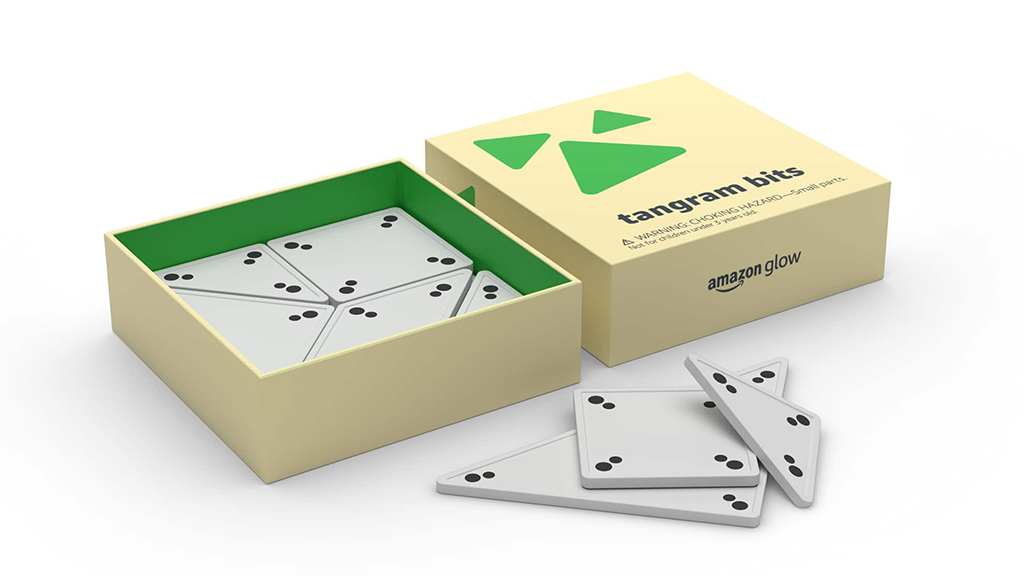
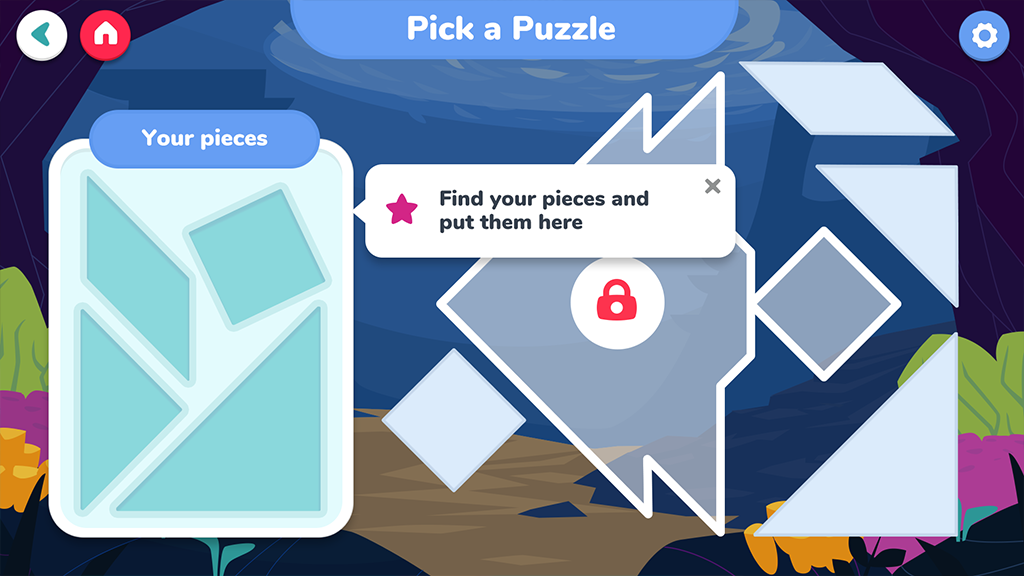
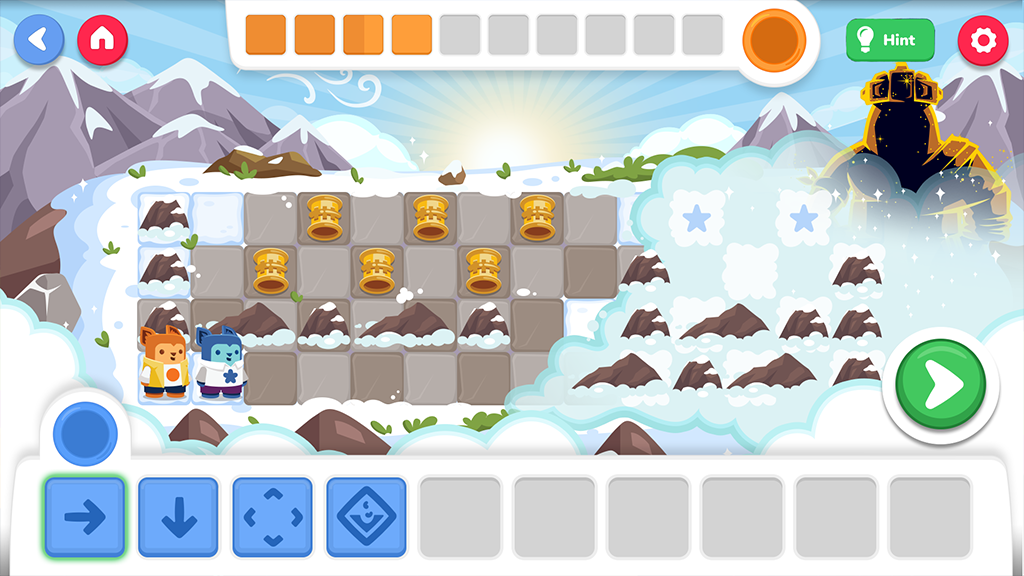
IP Integrations
Popular games such as Memory Match, Jigsaw, and Chess had 3rd party IP integrated into it. As Creative Director, I worked with our Art Director alongside Amazon & the 3rd party IP holder to integrate this content into each game.
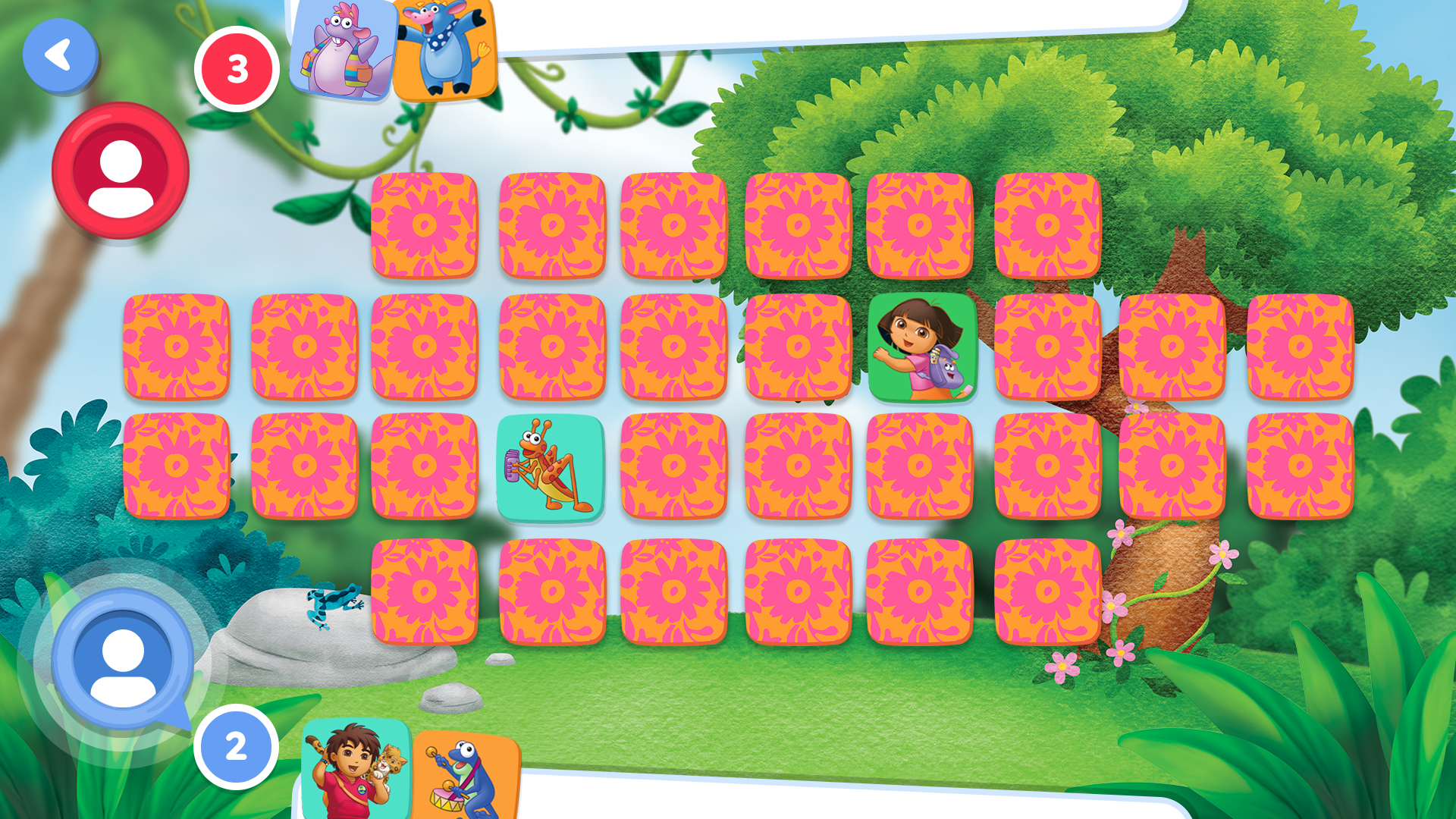
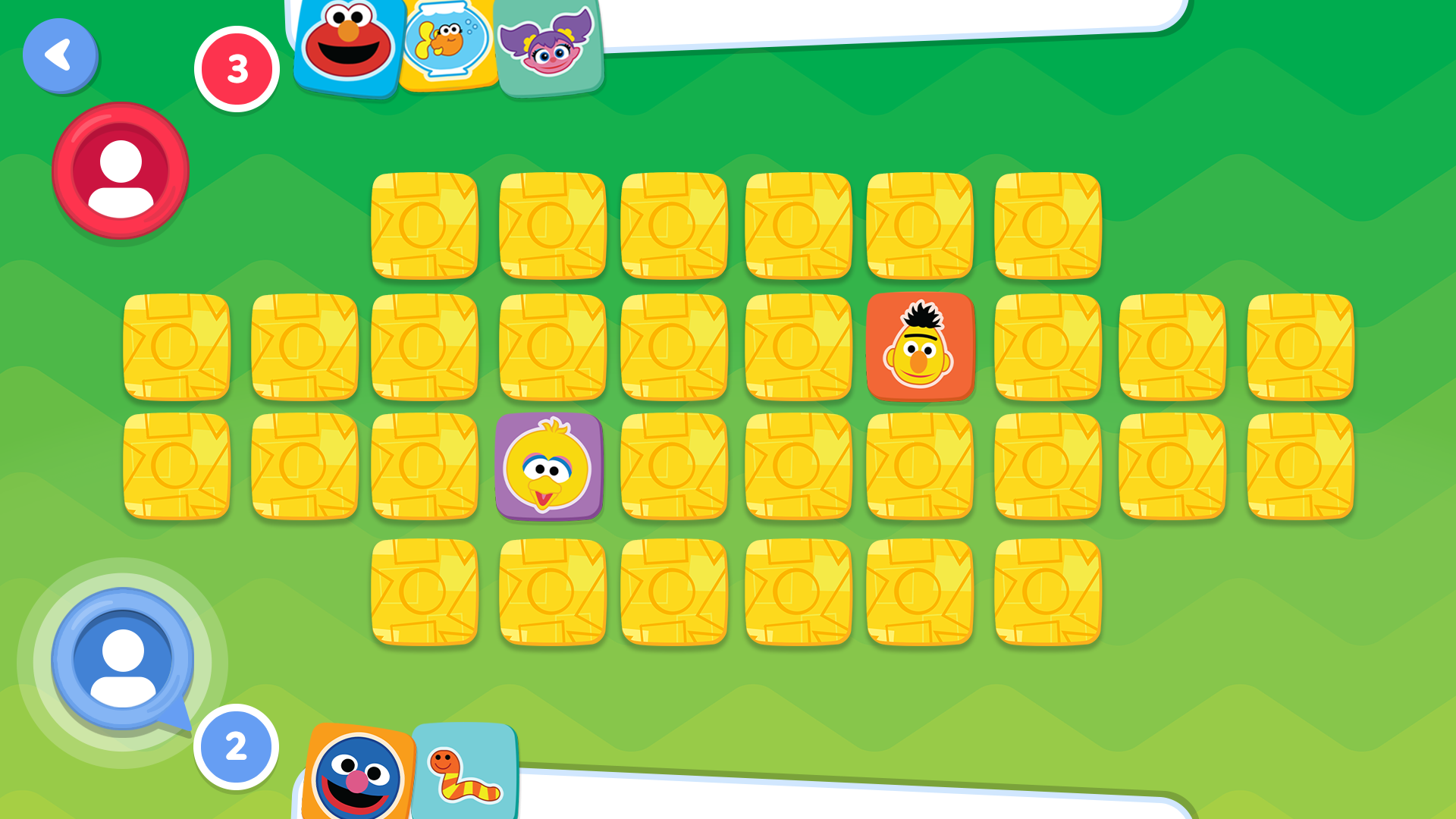
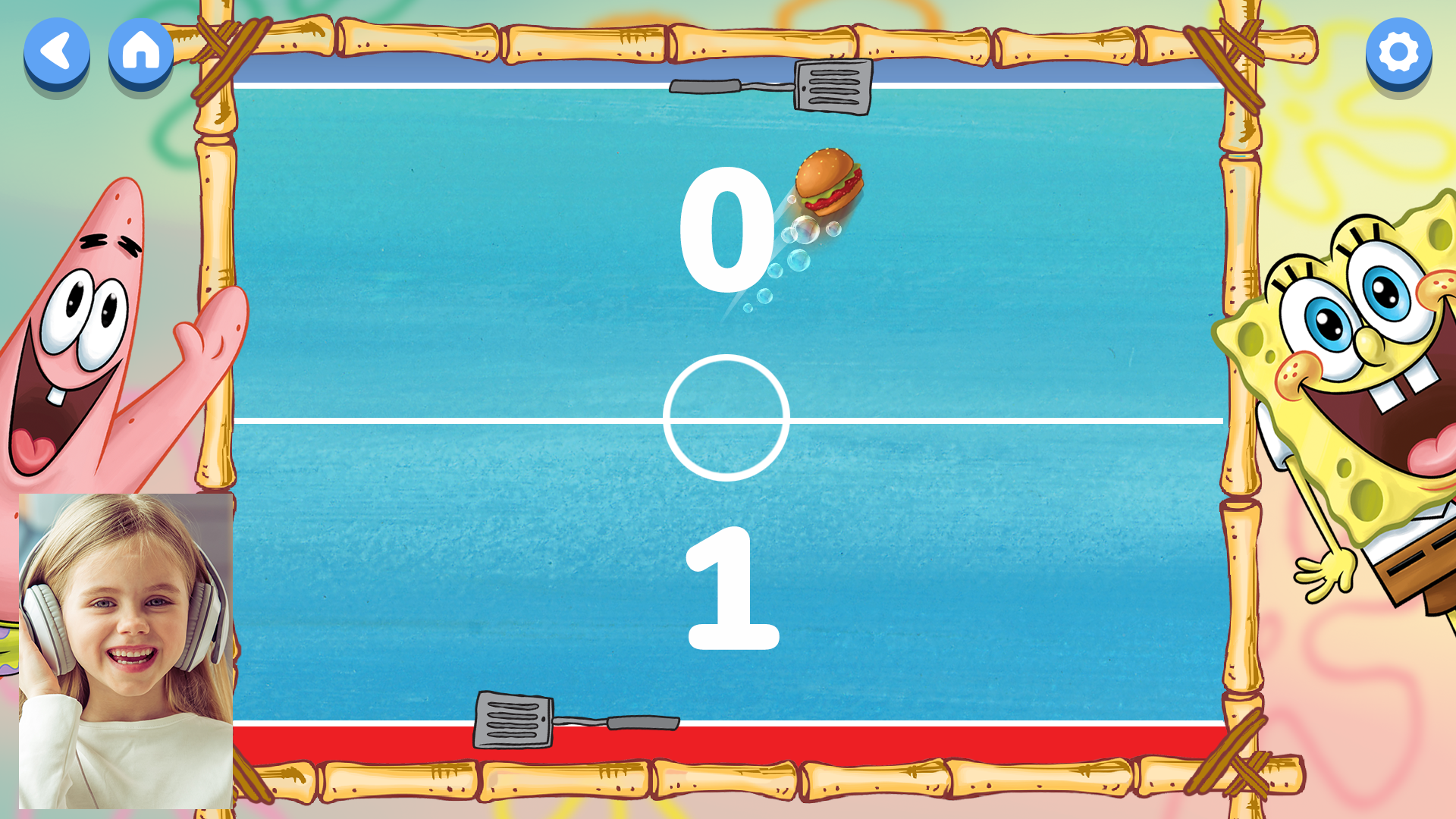
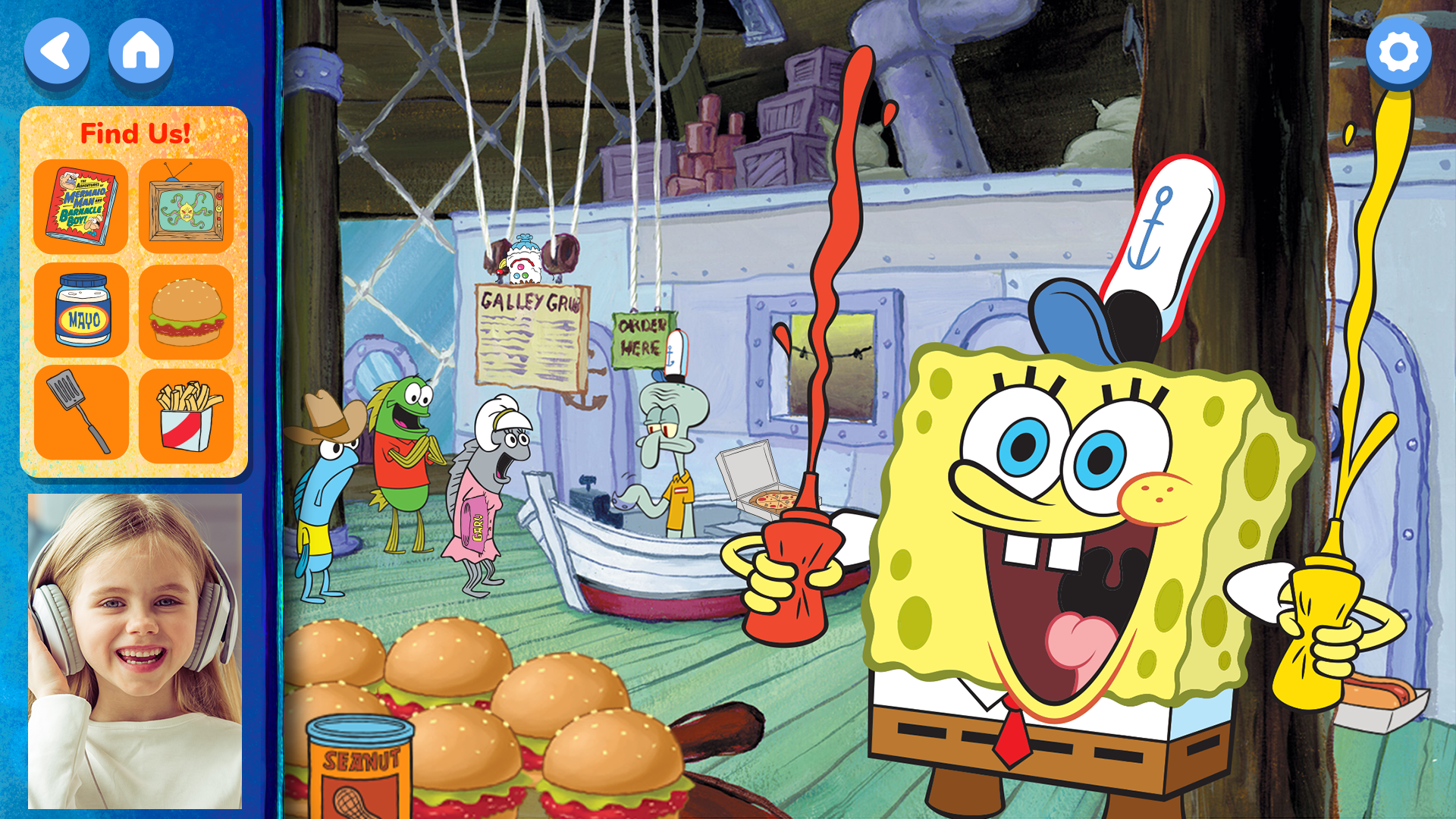
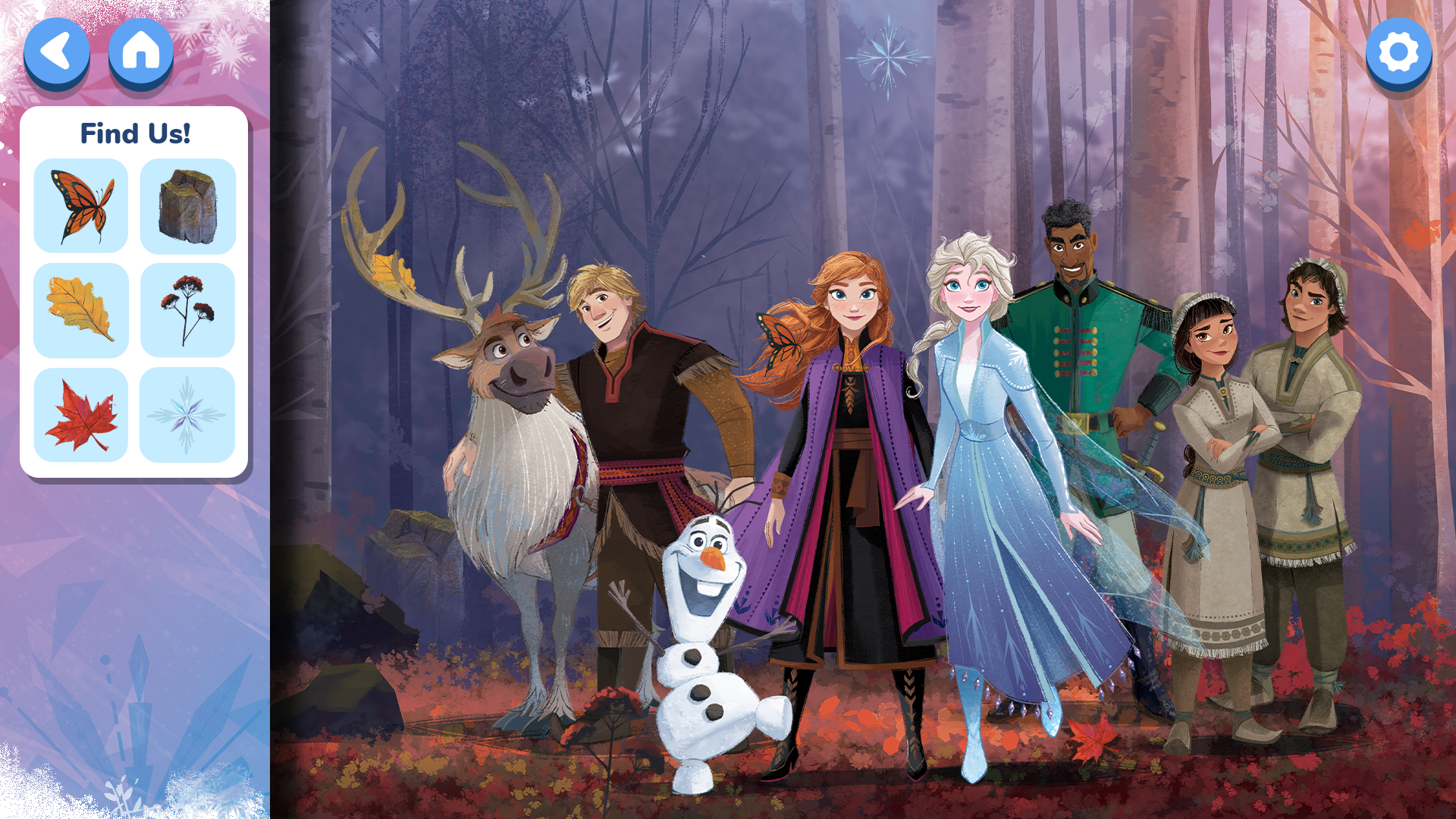
Interactive Storybooks
In addition to games, F84 also developed a syncronized container application for interactive storybooks. This container allowed for 2 participants to read and interact with a book together. Interactions included page turning, drawing, highlighting, and tapping interactive hotspots to activate animations.
I worked directly on various technical aspects of this container, including development of the initial code framework the container was built in. I also worked closely with 3rd party IP stakeholders to help integrate their story content into the container.
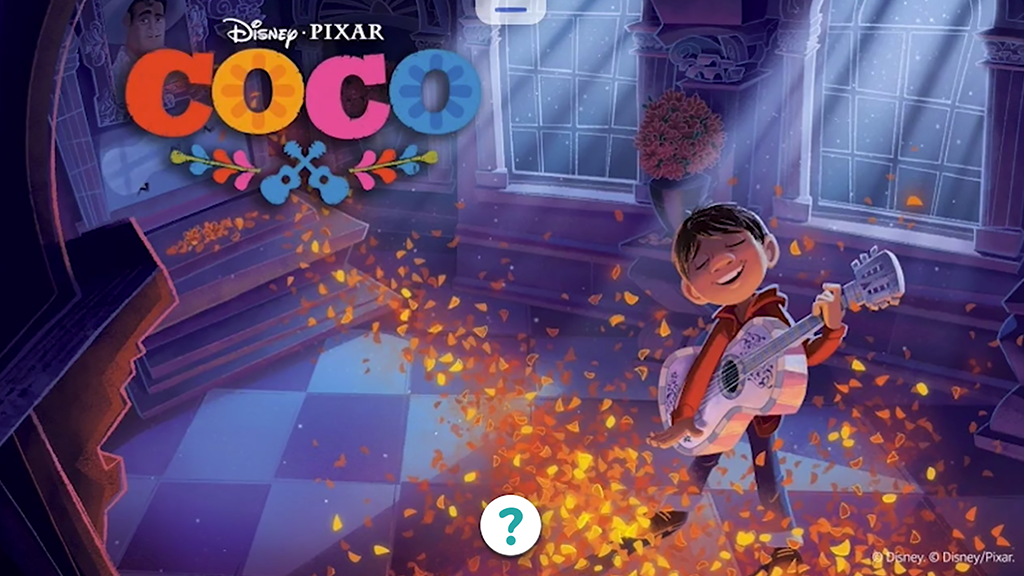
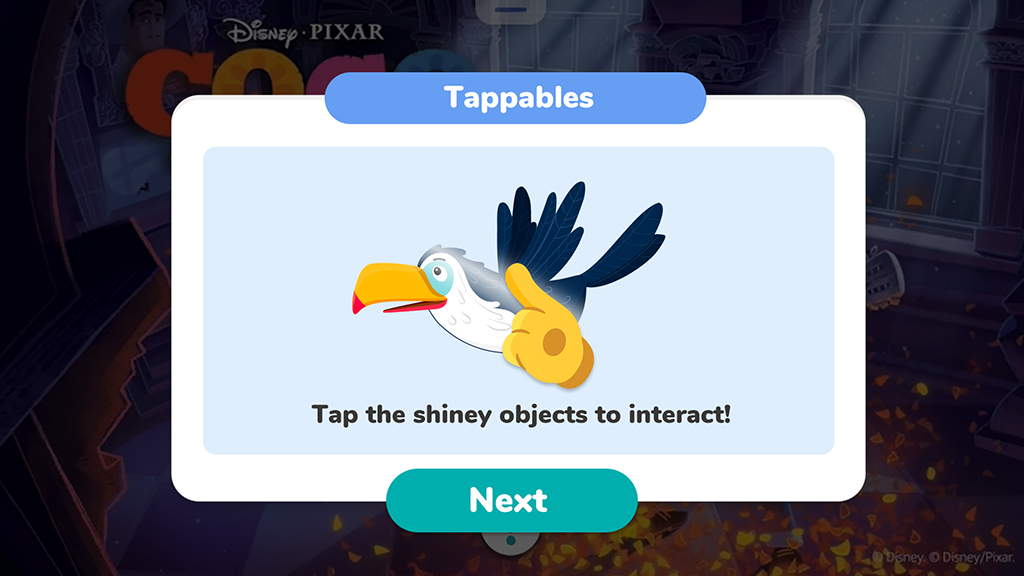
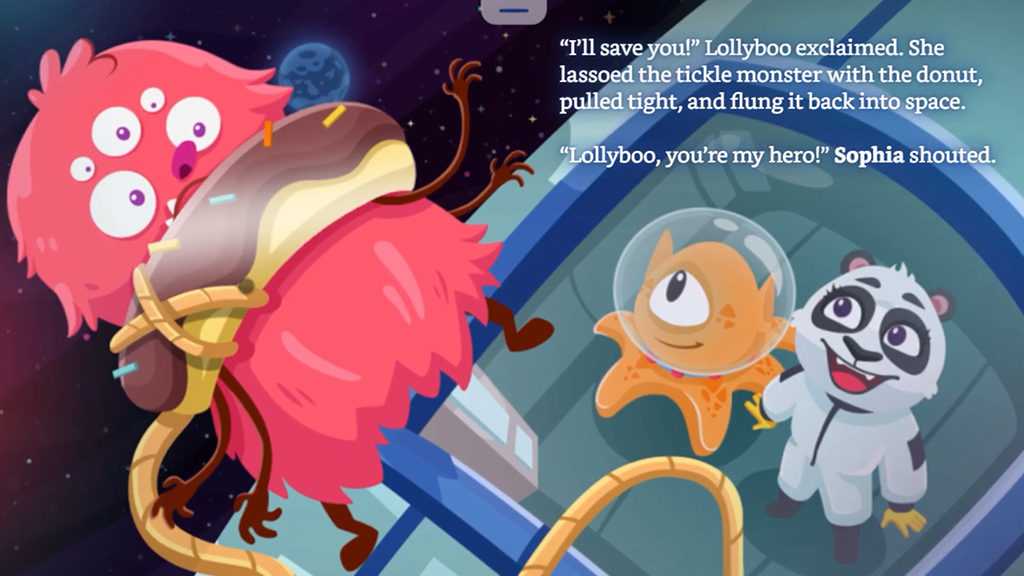
Challenges
There was no shortage of challenges across the projects on Glow. However, there were a few notable challenges:
- Picture-in-Picture - The RC device that connected to the Glow would display a picture-in-picture of the Glow user’s camera. This meant each game needed to account for a large window that would persist over top of the game content. We needed to consider this during wireframing & UI creation to ensure important game elements were not obscured by default.
- TCP Communication - The majority of bandwidth for the device was dedicated to streaming high resolution video & audio for the Picture-in-Picture. Additionally, the games could only communicate via TCP at a maximum rate of 10 messages per second. This restricted the specific types of game content we could create, favoring slower paced and turn-based content.
- Connected Play - All games needed to work in both single player & 2-player mode, supporting disconnects & reconnects at any time within gameplay.
- Secondary Screen - The Glow itself featured an 800x1280 screen that displayed the camera of the remote participant. Specific games displayed content on top of this camera to add game specific borders or effects. The core challenge here was supporting this additional WebGL canvas while not sacrificing performance or load times on the main projected screen.


